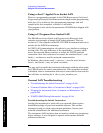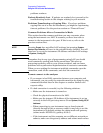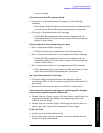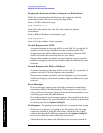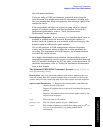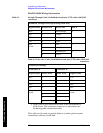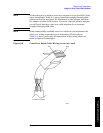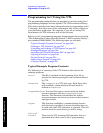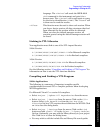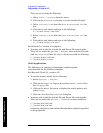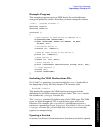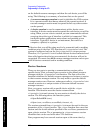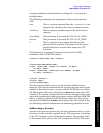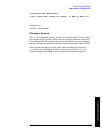
546 Chapter6
Programming Fundamentals
Programming in C Using the VTL
Programming Fundamentals
Programming in C Using the VTL
The programming examples that are provided are written using the C
programming language and the Agilent VTL (VISA transition library).
This section includes some basic information about programming in the
C language. Note that some of this information may not be relevant to
your particular application. (For example, if you are not using VXI
instruments, the VXI references will not be relevant).
Refer to your C programming language documentation for more details.
(This information is taken from the manual “VISA Transition Library”,
part number E2090-90026.) The following topics are included:
“Typical Example Program Contents” on page 546
“Linking to VTL Libraries” on page 547
“Compiling and Linking a VTL Program” on page 547
“Example Program” on page 549
“Including the VISA Declarations File” on page 549
“Opening a Session” on page 549
“Device Sessions” on page 550
“Addressing a Session” on page 551
“Closing a Session” on page 553
Typical Example Program Contents
The following is a summary of the VTL function calls used in the
example programs.
visa.h This file is included at the beginning of the file to
provide the function prototypes and constants defined
by VTL.
ViSession The ViSession is a VTL data type. Each object that
will establish a communication channel must be
defined as ViSession.
viOpenDefaultRM You must first open a session with the default
resource manager with the viOpenDefaultRM
function. This function will initialize the default
resource manager and return a pointer to that resource
manager session.
viOpen This function establishes a communication channel
with the device specified. A session identifier that can
be used with other VTL functions is returned. This call
must be made for each device you will be using.
viPrintf
viScanf These are the VTL formatted I/O functions that are
patterned after those used in the C programming



